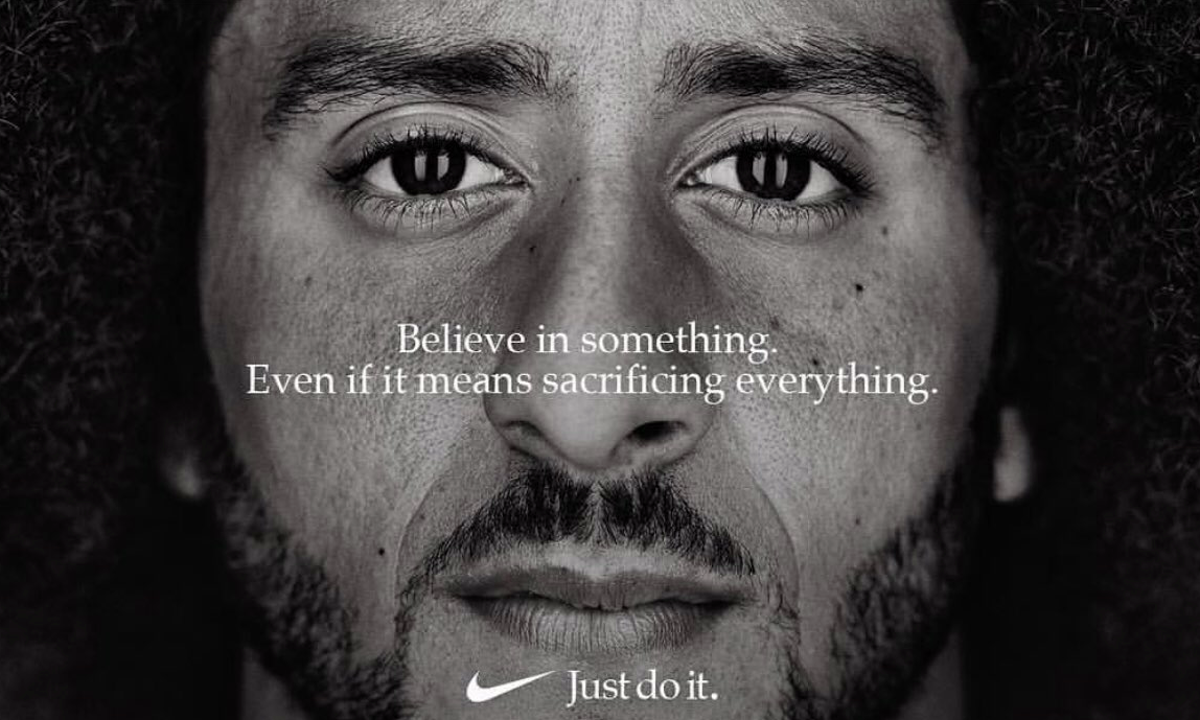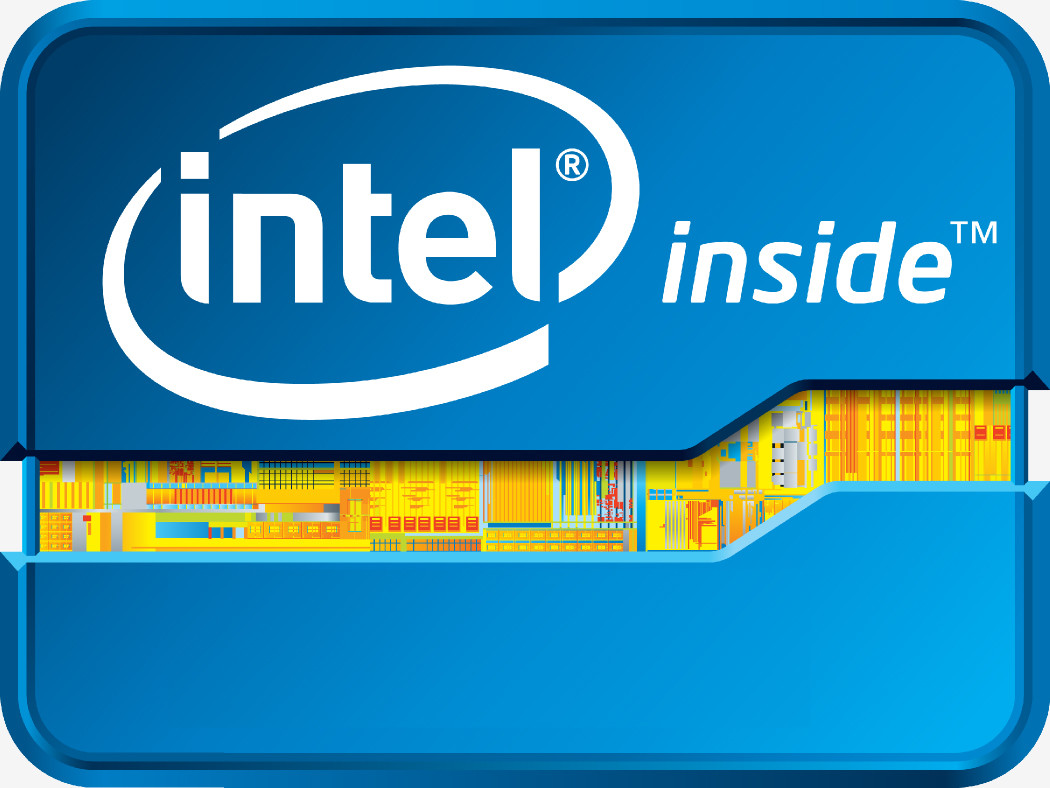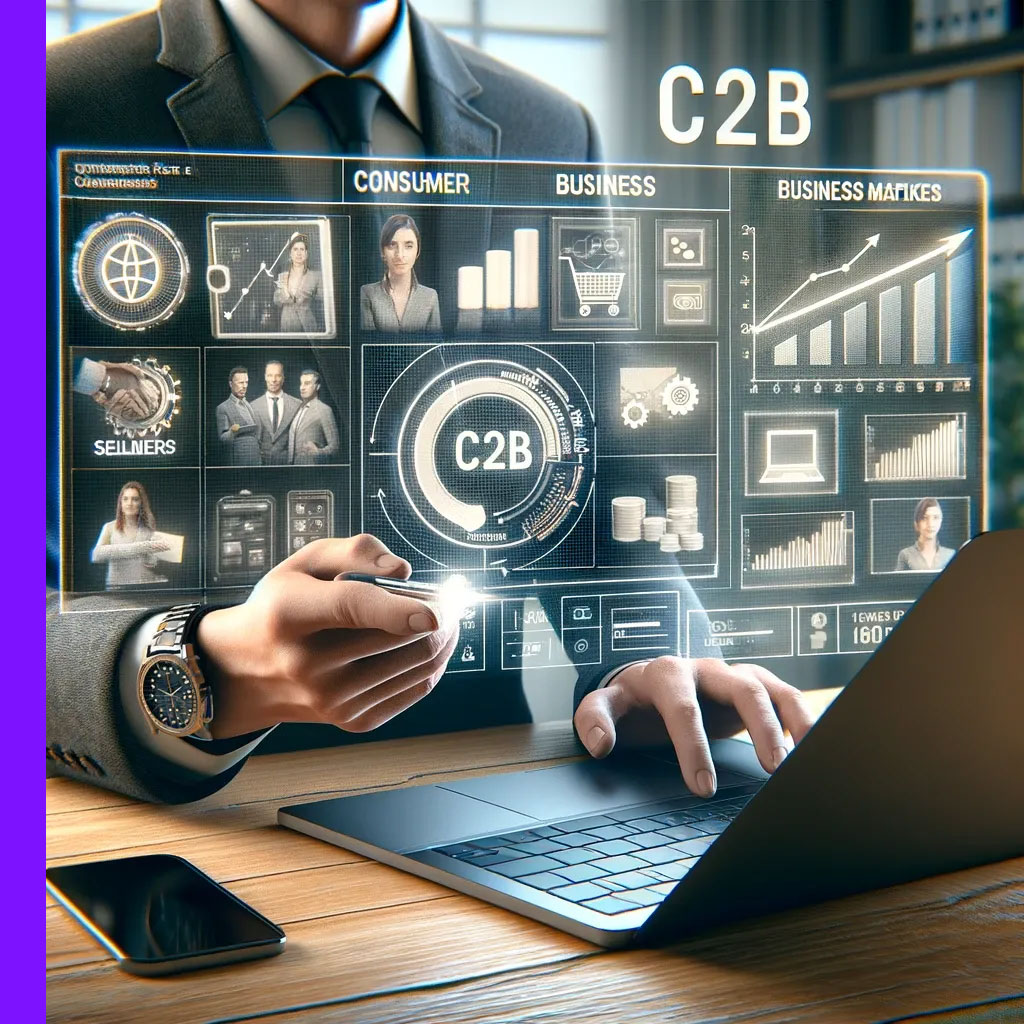Marketing Business Models
Feb 12, 2024
By Ari Manor , CEO at ZOOZ

This is one in a series of articles that provide detailed and updated information about Marketing. In this specific article, which focuses on Marketing Business Models, you can read about:
For additional articles about Marketing, see the Topic Menu.

B2C Marketing
B2C (Business-to-Consumer) marketing refers to the strategies and tactics companies use to promote their products and services directly to consumers. The main goal of B2C marketing is to convert shoppers into buyers as efficiently and quickly as possible.
Here's how effective B2C marketing is strategized and executed:
- Understand Consumer Behavior: Deeply research your target market to understand their needs, preferences, and decision-making processes. Consumer behavior analytics provides insights that shape all aspects of marketing strategy.
- Emotional Connection: Create marketing messages that resonate on an emotional level. B2C marketing often leverages feelings and relationships to drive sales.
- Brand Identity: Develop a strong, relatable brand identity. A recognizable and loved brand can have a considerable influence on consumer purchasing decisions.
 Case Study: Airbnb's "Live There" Campaign
Case Study: Airbnb's "Live There" Campaign- Company: Airbnb, Worldwide (2016)
- What Was Done: Airbnb's "Live There" campaign was launched to differentiate the brand from traditional tourist experiences, encouraging travelers to "live" in the places they visit, just like locals. The campaign utilized targeted social media advertising, personalized email marketing, and storytelling through user-generated content to convey the message.
- Results/Impact: The "Live There" campaign contributed to a 10% increase in bookings among targeted demographics and strengthened Airbnb's positioning as a provider of unique travel experiences. By focusing on the authenticity and personalization of travel, Airbnb effectively engaged with its B2C audience, enhancing brand loyalty and perception.
- Online Presence: Establish a strong online presence with a user-friendly website and active social media profiles. Optimize for mobile users to enhance the shopping experience.
- Content Marketing: Utilize engaging, valuable content to attract and retain an audience. This can include blogs, videos, tutorials, and other forms of content that entertain, educate, or inform.
- SEO and SEM: Invest in search engine optimization and search engine marketing to increase visibility when consumers are actively searching for products or services you offer.
- Social Media Marketing: Engage with consumers where they spend a significant amount of time. Use targeted social media campaigns to build communities around your brand.
- Email Marketing: Personalize communication with your customers through email marketing. Provide offers, news, and tailored content that encourages repeat purchases and loyalty.
- Customer Service: Offer excellent customer service, including after-sales support. Positive customer experiences can lead to repeat business and word-of-mouth referrals.
- Loyalty Programs: Implement programs that reward customer loyalty with discounts, special offers, or exclusive information.
- Influencer Collaborations: Partner with influencers to tap into their follower base and gain credibility through their endorsements.
 Case Study: Nike's "Just Do It" Campaign Revival
Case Study: Nike's "Just Do It" Campaign Revival- Company: Nike, Worldwide (2018)
- What Was Done: Nike revitalized its iconic "Just Do It" campaign by featuring Colin Kaepernick (an American civil rights activist and former football quarterback) in its advertisements, making a bold statement on social justice and taking a stand on political issues. The campaign was executed across various channels, including social media, television, and outdoor advertising, sparking significant public discussion.
- Results/Impact: Despite initial controversy, Nike's campaign led to a 31% increase in online sales immediately following the ad launch. The campaign solidified Nike's brand identity and appeal among younger, socially conscious consumers, demonstrating the impact of values-based marketing in a B2C context.
- User-Generated Content: Encourage and share user-generated content to enhance authenticity and trust in your brand.
 Case Study: Peloton's Community-Driven Approach
Case Study: Peloton's Community-Driven Approach- Company: Peloton, Worldwide (ongoing)
- What Was Done: Peloton marketed its exercise equipment and subscription service by creating a sense of community among its users. This was achieved through live-streamed and on-demand classes that allowed users to compete and interact with each other and their instructors. Peloton's marketing strategy focused on the convenience of home workouts and the motivational aspect of being part of a fitness community.
- Results/Impact: Peloton saw a surge in sales, particularly during the COVID-19 pandemic, with a reported revenue increase of 172% in 2020. The company's success highlights the power of creating a community and leveraging digital content to enhance the customer experience in B2C marketing.
- Paid Advertising: Utilize PPC, display ads, and retargeting strategies to drive traffic and conversions.
- Data-Driven Decisions: Rely on data analytics to inform your marketing decisions, ensuring that you are meeting the needs of your consumers and investing in the most effective strategies.
In B2C marketing, it's essential to create a seamless buying experience across all channels, whether online or in-store. Effective B2C marketing speaks to the consumer's desires, needs, and pain points, offering solutions in a way that's both compelling and convenient for them.

B2B Marketing
B2B (Business-to-Business) marketing is the practice of selling products or services directly to other businesses. Unlike B2C marketing, which often focuses on quick sales, B2B marketing typically involves longer sales cycles and requires building strong relationships and demonstrating value.
Here’s how to approach B2B marketing effectively:
- Understand Your Audience: Identify and understand the decision-makers within the businesses you're targeting. Recognize their pain points, challenges, and the specific value they seek.
- Value Proposition: Craft a clear, relevant and strong value proposition that articulates why your product or service is the best solution for your B2B customers' needs.
- Content Marketing: Develop high-quality, informative content that addresses the specific questions and needs of your B2B audience, such as whitepapers, case studies, and industry reports.
- Lead Generation: Utilize various channels such as LinkedIn, industry events, and email campaigns to generate leads, then nurture those leads with targeted follow-ups.
- Educational Marketing: Provide webinars, workshops, and training sessions that can help potential clients understand the complexities of your offerings and the industry at large.
 Case Study: HubSpot's Inbound Marketing Methodology
Case Study: HubSpot's Inbound Marketing Methodology- Company: HubSpot, Worldwide (ongoing)
- What Was Done: HubSpot championed the inbound marketing methodology, providing valuable content and tools that attract customers naturally. They utilized their own platform to create blogs, eBooks, webinars, and free tools aimed at solving common problems faced by their target B2B audience. This content-first approach was complemented by robust SEO, email marketing, and social media strategies.
- Results/Impact: HubSpot's inbound marketing efforts significantly increased their lead generation and customer acquisition, with the company reporting a revenue growth from $255 million in 2017 to over $1 billion by 2021. Their success underscores the power of providing value and education in attracting and retaining B2B customers.
- Account-Based Marketing (ABM): Tailor marketing efforts to individual prospect companies, creating personalized campaigns that resonate with the unique context of each business.
- SEO and SEM: Optimize your online presence so that potential B2B clients can find you through search engines when seeking solutions you offer.
- Networking and Relationships: Foster long-term relationships through networking, as partnerships and trust are crucial in B2B transactions.
- Trade Shows and Conferences: Participate in industry events to showcase your offerings, gain visibility, and engage directly with potential clients.
- Referral Programs: Encourage existing clients to refer new clients by creating a structured referral program with incentives.
- Customer Testimonials and Case Studies: Use success stories to showcase how your product or service has helped other businesses.
 Case Study: Slack's "Where Work Happens" Campaign
Case Study: Slack's "Where Work Happens" Campaign- Company: Slack, Worldwide (2016)
- What Was Done: Slack launched the "Where Work Happens" campaign to solidify its position as a leading communication platform for businesses. The campaign focused on showcasing real-world use cases of Slack through testimonials from diverse companies. It was promoted via digital ads, social media, and content marketing, including case studies and collaborative webinars with existing customers.
- Results/Impact: This strategic focus on real user experiences and versatile application across industries led to a significant increase in B2B engagements. Slack reported a 50% growth in paid teams year-over-year following the campaign, highlighting the effectiveness of customer-centric storytelling in B2B marketing.
- Influencer and Thought Leadership: Establish your company leaders as experts in your industry through speaking engagements, publishing insightful articles, and active participation in industry discussions.
- Data-Driven Marketing: Analyze data and metrics to understand what strategies work best, where to allocate resources, and how to tailor your approach to meet the needs of your B2B clients.
- CRM Systems: Implement customer relationship management (CRM) systems to manage leads, customer information, and interactions, ensuring all touchpoints are recorded and utilized effectively.
In B2B marketing, the focus is on building professional relationships, demonstrating in-depth knowledge of your industry, and clearly communicating how your products or services can improve a business's operations or bottom line. It's a strategic approach that prioritizes personalized engagement and solution-based selling.

B2B2C Marketing
B2B2C (Business-to-Business-to-Consumer) marketing involves strategies where a business sells its products or services to another business, and these offerings are then sold to the end consumers. This model blends the B2B and B2C approaches, requiring a deep understanding of both the partnering business's needs and the final consumer's preferences.
Here’s an effective strategy for B2B2C marketing:
- Partner Alignment: Ensure that your business goals, brand messaging, and values align with those of your B2B partners to present a unified front to consumers.
- Product/Service Adaptability: Tailor your products or services to meet the needs of both your business partners and their customers, ensuring that they can be easily integrated and sold through the partner's channels.
 Case Study: Shopify Plus for High-Volume Merchants
Case Study: Shopify Plus for High-Volume Merchants- Company: Shopify, Worldwide (ongoing)
- What Was Done: Shopify Plus was launched to cater to high-volume merchants and brands, offering an enterprise-level e-commerce platform. Shopify marketed this service to businesses (B2B) with the promise of empowering them to provide exceptional online shopping experiences to their end customers (B2C). Marketing efforts included targeted digital ads, success stories from well-known brands, and strategic partnerships.
- Results/Impact: Shopify Plus attracted a significant number of large brands and retailers, contributing to Shopify's overall growth. By the end of 2020, Shopify reported that Shopify Plus merchants had grown to contribute a substantial portion of the platform's monthly recurring revenue, showcasing the effectiveness of a B2B2C approach in scaling business solutions.
- Dual-Focused Marketing Efforts: Develop marketing campaigns that address both the business partner's objectives and the end consumer's desires, demonstrating how your offerings add value at each stage of the supply chain.
 Case Study: Intel's "Intel Inside" Campaign
Case Study: Intel's "Intel Inside" Campaign- Company: Intel, Worldwide (1991)
- What Was Done: Intel launched the "Intel Inside" campaign to market its microprocessors not only to computer manufacturers (B2B) but also directly to consumers (B2C). The campaign included co-marketing funds for manufacturers who branded their products with the Intel logo and ran Intel-focused ads. This dual-focus strategy was promoted through TV commercials, print ads, and later, digital channels.
- Results/Impact: The "Intel Inside" campaign dramatically increased consumer awareness of Intel's brand, contributing to a significant market share growth in the PC market. It became a textbook example of successful B2B2C marketing, demonstrating the value of brand power in the supply chain.
- Customer Insights: Leverage data and insights from both your B2B partners and direct consumer feedback to refine your offerings and marketing tactics.
- Channel Optimization: Utilize the sales and distribution channels of your B2B partners effectively while also exploring direct-to-consumer channels where appropriate to boost brand visibility and accessibility.
- Co-Branding Initiatives: Engage in co-branding efforts with your B2B partners for promotions, advertisements, and product launches to leverage the strengths of both brands.
- Communication and Training: Provide your B2B partners with the necessary product knowledge and marketing materials to enable them to sell to the end consumer effectively.
- Customer Journey Mapping: Understand and map out the customer journey from the initial B2B interaction to the final consumer purchase, optimizing touchpoints for a seamless experience.
- Feedback Loops: Establish feedback mechanisms to gather insights from end consumers through your B2B partners, using this information to improve products, services, and marketing strategies.
- Support for Sales: Offer robust support to your B2B partners' sales teams, including training, sales enablement tools, and shared analytics, to ensure they can effectively market and sell your product to the consumer.
In the B2B2C model, the marketing strategy must effectively cater to the needs and goals of both businesses and consumers, often requiring customized marketing efforts for different segments of the target audience. Success in this approach hinges on the ability to collaborate closely with B2B partners while maintaining a keen understanding of the ultimate consumer's needs and behaviors.

B2G Marketing
B2G (Business-to-Government) marketing involves selling products or services to government agencies and entities. It is a specialized field that requires a deep understanding of public sector procurement processes, compliance, and often lengthy decision-making cycles.
Here’s a strategic approach for effective B2G marketing:
- Compliance and Regulations: Ensure your marketing efforts adhere to the specific regulations and compliance standards required in government procurement.
- RFP Awareness: Stay informed about Requests for Proposals (RFPs), which are formal solicitations for vendors, and respond with detailed proposals that match the government's requirements.
- Relationship Building: Establish and maintain relationships with key government decision-makers and influencers, as contracts are often awarded based on trust and proven capability.
- Educational Content: Create content that educates government buyers about your products or services, focusing on the benefits and cost-effectiveness, as well as compliance with government standards.
 Case Study: Lockheed Martin's F-35 Program
Case Study: Lockheed Martin's F-35 Program- Company: Lockheed Martin, Worldwide (ongoing)
- What Was Done: Lockheed Martin undertook extensive marketing efforts for its F-35 Lightning II program, targeting government and military officials across the globe. This included detailed presentations on the aircraft's capabilities, lobbying efforts, participation in international air shows, and the use of virtual reality simulations to demonstrate the F-35's advanced technology.
- Results/Impact: These marketing efforts have been instrumental in securing contracts with various governments for the F-35 program, making it one of the largest and most lucrative defense contracts in history. The success of the program highlights the importance of tailored, high-engagement marketing strategies in the B2G sector.
- Case Studies and Testimonials: Use case studies and testimonials from previous government projects to demonstrate experience and effectiveness in the public sector.
 Case Study: Palantir's Government Data Analytics Solutions
Case Study: Palantir's Government Data Analytics Solutions- Company: Palantir Technologies, USA (ongoing)
- What Was Done: Palantir Technologies focused its marketing efforts on showcasing its data analytics platforms, Palantir Gotham and Palantir Foundry, to government agencies. Their approach included detailed case studies, demonstrations of the software's capabilities in addressing national security and public sector challenges, and strategic partnerships with government contractors.
- Results/Impact: Palantir's targeted marketing strategies led to significant contracts with the U.S. government, including defense, intelligence, and public health agencies. These contracts have not only contributed to Palantir's revenue growth but also established the company as a key provider of data analytics solutions in the government sector.
- Government-focused SEO: Optimize your online content with keywords relevant to government procurement to increase visibility in searches performed by government agencies.
- Trade Shows and Conferences: Attend government-focused trade shows and conferences to network, showcase your offerings, and learn about new government projects and needs.
- Strategic Partnerships: Form partnerships with other businesses that have established government relationships to expand your reach within the sector.
- Tailored Advertising: If permissible, use targeted advertising in publications and platforms frequented by government procurement officials.
- Lobbying and Advocacy: Engage in lobbying efforts, where legal, to advocate for policies that could lead to demand for your products or services.
- Government-Specific PR: Utilize public relations to increase visibility in the government sector, including press releases and stories about your work with public agencies.
- Dedicated Government Sales Team: Employ a sales team specialized in government relations and sales, who understand the nuances of government contracts and can navigate the complex sales process.
- Contract Vehicles: Utilize government contract vehicles, like GSA Schedules in the United States, which simplify the government procurement process for certain products and services.
B2G marketing requires patience, persistence, and a strategic approach tailored to the unique environment of government contracting. Building a strong reputation for reliability, compliance, and quality is crucial in securing and maintaining government contracts.

D2C Marketing
D2C (Direct-to-Consumer) marketing is a strategy where manufacturers or producers sell directly to consumers, bypassing traditional middlemen like retailers, wholesalers, or distributors. This approach allows for greater control over brand messaging, customer relationships, and overall marketing strategy.
 Case Study: Warby Parker's Online Eyewear Revolution
Case Study: Warby Parker's Online Eyewear Revolution
- Company: Warby Parker, USA (ongoing)
- What Was Done: Warby Parker disrupted the eyewear industry with its Direct-to-Consumer (D2C) model, bypassing traditional retail channels to offer stylish, affordable eyeglasses online. The brand's marketing strategy focused on social media engagement, influencer partnerships, and a home try-on program that allowed customers to test frames before purchasing.
- Results/Impact: This D2C approach, coupled with effective online marketing, propelled Warby Parker to significant growth, with the company valued at over $3 billion. Their success demonstrates the potential of D2C models to challenge traditional industries and reshape consumer purchasing habits.
Here’s how businesses can effectively execute D2C marketing:
- E-commerce Platform: Develop a robust e-commerce website or platform that provides a seamless shopping experience, complete with product information, customer reviews, and secure payment options.
- Brand Storytelling: Utilize your platforms to tell your brand’s story directly to consumers, building a strong brand identity and emotional connection with your audience.
- Customer Data Collection: Leverage direct interactions to collect and analyze customer data, enabling personalized marketing efforts and product development insights.
- Content Marketing: Create engaging content such as blogs, videos, and social media posts that educate, entertain, and engage your target audience, driving brand loyalty.
- Email Marketing: Implement targeted email campaigns that nurture customer relationships with updates, exclusive offers, and personalized recommendations.
- Social Media Engagement: Engage with customers on social media platforms, using these channels for customer service, community building, and targeted advertising.
- Influencer Collaborations: Partner with influencers whose followers align with your target market to extend your reach and lend credibility to your products.
- Customer Reviews and Testimonials: Encourage and highlight customer reviews and testimonials to build trust and provide social proof.
- SEO and SEM: Optimize your online content for search engines to improve visibility and use search engine marketing to attract traffic to your direct sales channels.
- Subscription Services: Offer subscription models or membership programs that provide convenience for customers and consistent revenue for your business.
- Customer Service Excellence: Provide exceptional customer service to create positive experiences, encourage repeat business, and generate word-of-mouth referrals.
 Case Study: Casper's Sleep Economy Innovation
Case Study: Casper's Sleep Economy Innovation- Company: Casper, USA (2014)
- What Was Done: Casper launched as a D2C mattress startup with a focus on simplifying the mattress buying process. Their marketing strategy highlighted the convenience of online shopping, free delivery, and a 100-night trial. Casper utilized content marketing, digital ads, and influencer partnerships to educate consumers on the importance of sleep and differentiate their products.
- Results/Impact: Casper quickly became a leader in the online mattress industry, reporting over $400 million in revenue by 2018. The brand's focus on customer experience and education through its marketing efforts established a new standard in the D2C space, emphasizing the importance of adding value beyond the product.
- Loyalty Programs: Develop loyalty programs that reward repeat purchases and foster long-term customer relationships.
- Product Launches and Exclusives: Utilize the D2C model to offer exclusive products or early access to new releases, creating a sense of exclusivity and urgency.
D2C marketing empowers businesses to take full control of the customer journey, from discovery and purchase to post-sales support, allowing for a more tailored and branded customer experience. This direct interaction with consumers can lead to stronger brand loyalty and valuable customer insights, driving long-term business growth.

C2B Marketing
C2B (Consumer-to-Business) marketing reverses the traditional business-to-consumer model. In C2B, consumers create value and businesses consume that value. This could mean individuals offer products or services to businesses, set their own prices, or contribute to a business's marketing efforts.
Here's a strategy, for businesses and platform owners, to effectively approach C2B marketing:
- Leverage Consumer-Generated Content: Encourage consumers to share their content or reviews that can be utilized in marketing campaigns, enhancing authenticity and trust.
 Case Study: TripAdvisor's User-Generated Content Strategy
Case Study: TripAdvisor's User-Generated Content Strategy- Company: TripAdvisor, Worldwide (ongoing)
- What Was Done: TripAdvisor revolutionized travel planning by leveraging a Consumer-to-Business (C2B) model, inviting users to review hotels, restaurants, and attractions. The platform marketed itself as the go-to destination for authentic travel advice, emphasizing user-generated content in its promotional efforts. TripAdvisor engaged with its community through social media, email newsletters highlighting top reviews, and rewards for active contributors.
- Results/Impact: This strategy turned TripAdvisor into one of the world's largest travel platforms, with millions of reviews influencing the choices of travelers globally. By 2019, TripAdvisor reported having over 460 million monthly users, demonstrating the power of C2B marketing in building a trusted brand based on consumer contributions.
- Crowdsourcing for Ideas: Use crowdsourcing platforms where consumers can submit ideas or solutions that businesses can implement or sell.
- Affiliate Marketing: Enable consumers to promote your products or services and receive compensation based on performance, essentially making consumers part of your sales force.
- Consumer-Driven Platforms: Create platforms where consumers can list their services or products, allowing businesses to purchase or contract them directly.
- Online Marketplaces: Utilize online marketplaces where consumers offer their expertise or products, and businesses can bid or purchase them based on their needs.
 Case Study: StockX's Marketplace for Sneakerheads
Case Study: StockX's Marketplace for Sneakerheads- Company: StockX, USA (ongoing)
- What Was Done: StockX embraced a C2B model by creating a marketplace where consumers set the market price for high-demand sneakers. The platform marketed itself as an authentic and transparent place to buy and sell sneakers, leveraging social media influencers and collaborations with brands for exclusive releases. Their approach highlighted the power of consumer-driven transactions and real-time market data.
- Results/Impact: StockX rapidly grew to become a central hub for sneaker enthusiasts, with a reported $1 billion in gross merchandise value traded on the platform in 2019. The success of StockX showcases the effectiveness of leveraging consumer passion and market dynamics in a C2B marketing strategy.
- Feedback and Surveys: Actively seek consumer feedback and surveys to guide business decisions, product development, and market strategies.
- Supply-Based Pricing: Enable consumers, acting as suppliers, to set their prices for their goods or services, with businesses then responding to these offerings if they meet their requirements and standards.
- Product Reviews and Testing: Invite businesses to review or test products and services, using their insights for offering improvements and marketing.
In C2B marketing, consumers are active participants who can directly influence and shape offerings, pricing, and marketing strategies. This model recognizes the power of the consumer and leverages it to drive business innovation and growth.
Marketing Strategy and Consulting
Interested in getting help with your marketing efforts and marketing strategy?
Contact us: info@zooz.co.il ,+972-9-958-5085
Marketing Articles
- Marketing Overview
- Marketing Goals
- Marketing Metrics
- Marketing Types
- Marketing Channels
- Demographic Marketing
- Marketing Business Models
- Industry-Specific Marketing
- Professional Services Marketing
- Marketing Strategy
- Market Research
- Marketing Communications (MarCom)
- Marketing Execution
- Makreting Careers
- Marketing Education
- Marketing Glossary (200 terms)
- Marketing Versus Other Disciplines
- Marketing Agencies and Outsourcing





